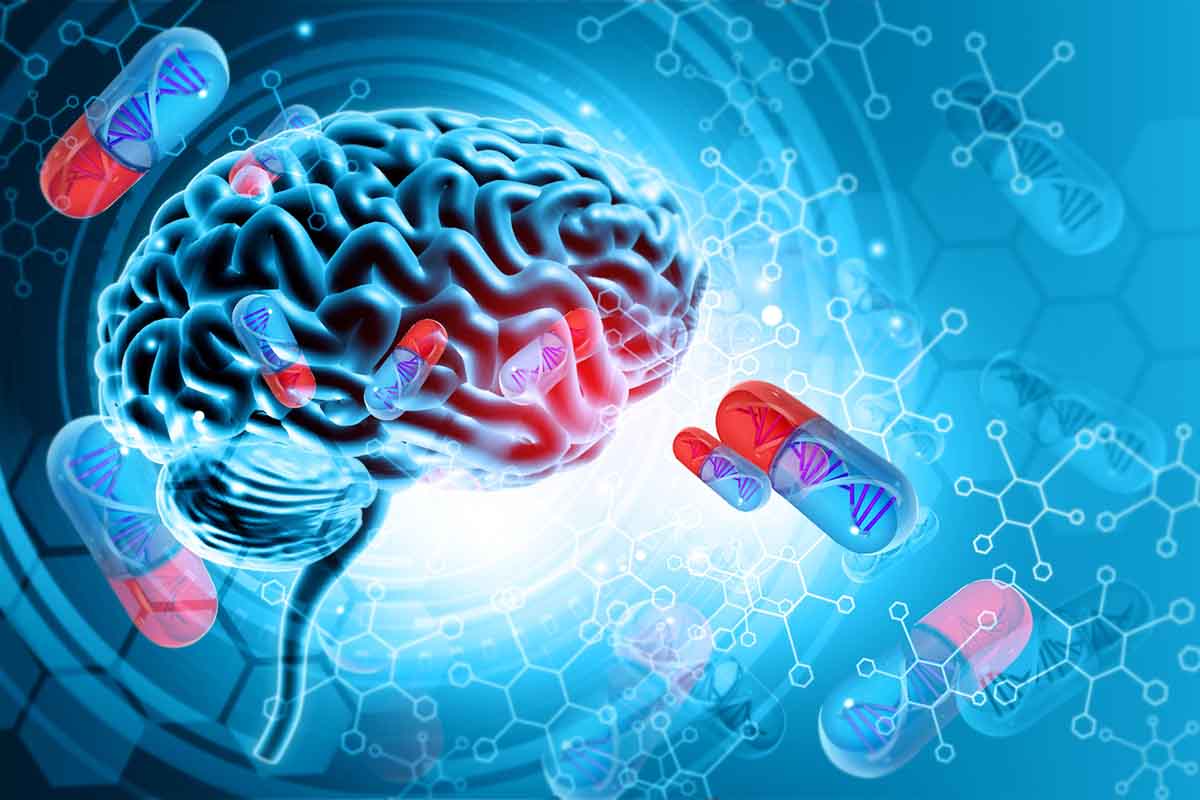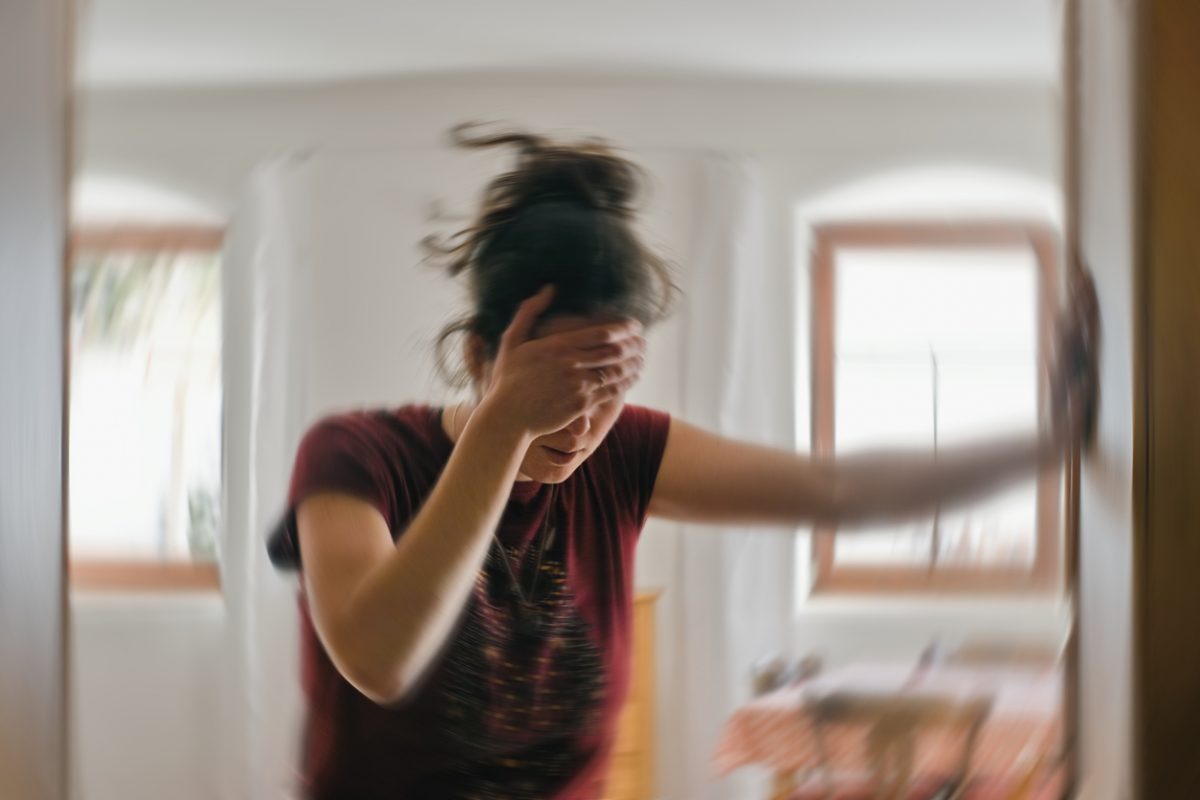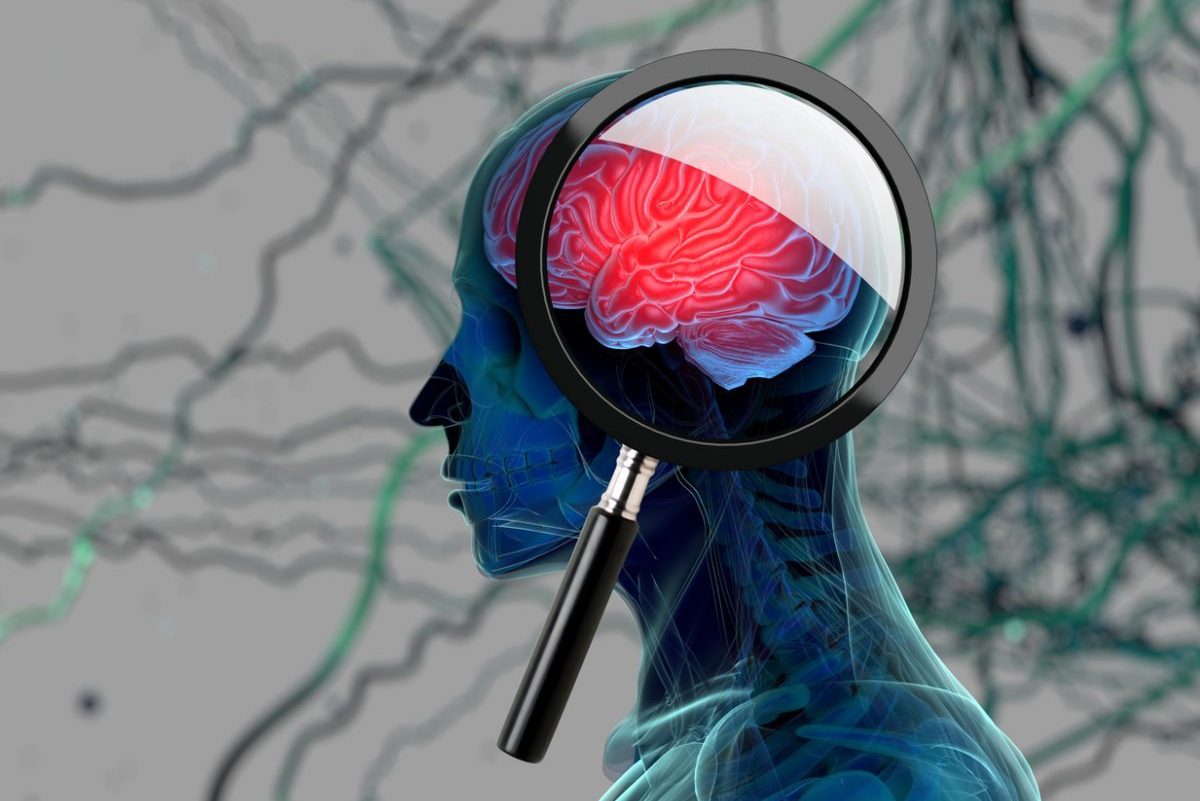Objective: Patients with major depressive disorder (MDD) and significant anxiety are less responsive to antidepressants than those without anxiety. In this post hoc analysis of patients with insomnia and comorbid anxious depression, eszopiclone cotherapy with a selective serotonin reuptake inhibitor (SSRI) was compared with placebo cotherapy.
Method: Data were pooled from 2 randomized, double-blind, 8-week trials. One trial (conducted from January 2004 to October 2004) included patients with DSM-IV insomnia and comorbid MDD treated with fluoxetine concurrently with eszopiclone 3 mg/d or placebo. The other trial (conducted from July 2005 to April 2006) included patients with DSM-IV-TR insomnia and comorbid generalized anxiety disorder treated with escitalopram concurrently with eszopiclone 3 mg/d or placebo. Anxious depression was defined as a baseline 17-item Hamilton Depression Rating Scale (HDRS-17) score ≥ 14 (excluding insomnia items) and an anxiety/somatization factor score ≥ 7. Treatment group differences were determined for mean changes in HDRS-17 scores (with and without insomnia items), HDRS anxiety/somatization scores, and response and remission rates. Severity of insomnia was assessed by the Insomnia Severity Index (ISI).
Results: In the combined dataset, 347 of 1,136 patients (30.5%) had insomnia and comorbid anxious depression. Significant improvements in insomnia were observed for eszopiclone cotherapy relative to placebo cotherapy (mean change from baseline on the ISI: −11.0 vs −7.8, respectively; P < .001). There were greater reductions in HDRS-17 scores at week 8 following cotherapy with eszopiclone compared with placebo when the insomnia items were included (mean change: −14.1 vs −11.2, respectively; P < .01) or excluded (−10.6 vs −8.9; P < .01), but not for anxiety/somatization (−4.3 vs −4.1; P = .23). Response rates were greater for eszopiclone cotherapy than for placebo cotherapy (55.6% vs 42.0%, respectively; P = .01; 50.0% vs 44.4% when insomnia items were removed; P = .3). Remission rates were not significantly different (32.6% vs 27.2%, respectively; P = .28).
Conclusions: In this post hoc analysis of patients with insomnia and comorbid anxious depression derived from 2 trials, 8 weeks of eszopiclone therapy coadministered with an SSRI resulted in significantly greater improvements in insomnia, significantly greater reductions in HDRS-17 total score, and significantly greater HDRS-17 response rates compared with placebo coadministration. There were no significant differences in response rates (when insomnia items were excluded) and remission rates, as well as in anxiety/somatization scores. Further research is warranted to determine whether these modest antidepressant effects can be replicated, and anxiolytic effects demonstrated, when evaluated in a prospective manner.
J Clin Psychiatry
Submitted: February 11, 2009; accepted October 5, 2009.
Online ahead of print: November 2, 2010 (doi:10.4088/JCP.09m05131gry).
Corresponding author: Maurizio Fava, MD, Depression Clinical and Research Program, Massachusetts General Hospital, 55 Fruit St, Bulfinch 351, Boston, MA 02114 ([email protected]).
Members Only Content
This full article is available exclusively to Professional tier members. Subscribe now to unlock the HTML version and gain unlimited access to our entire library plus all PDFs. If you’re already a subscriber, please log in below to continue reading.
Please sign in or purchase this PDF for $40.00.
Already a member? Login




